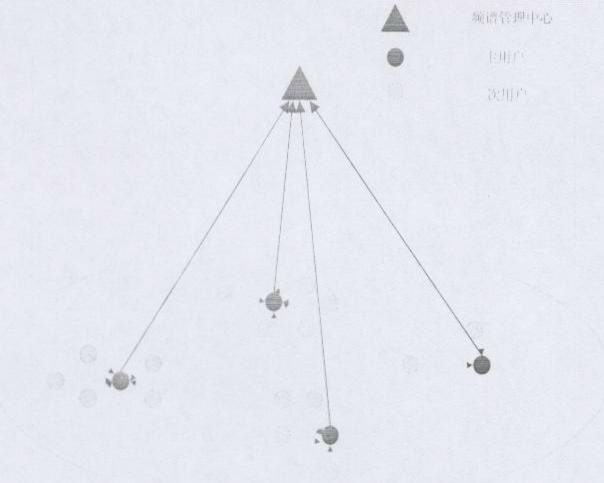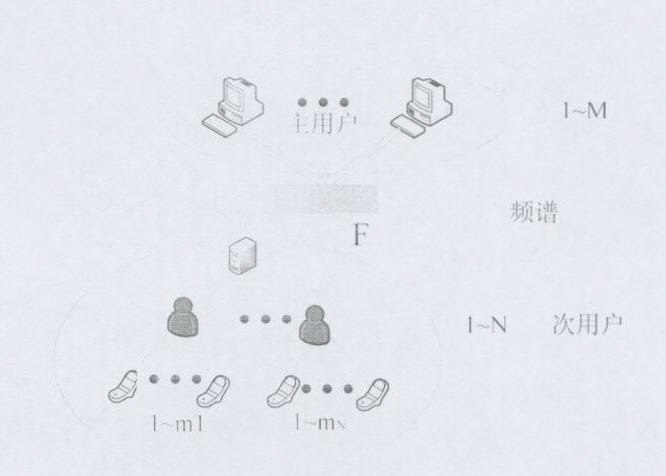Cognitive radio spectrum sharing method based on supply-demand balance
A cognitive radio, supply-demand balancing technology, applied in the field of communications, can solve problems such as incompatibility with rapid time-varying and spectrum sharing research
- Summary
- Abstract
- Description
- Claims
- Application Information
AI Technical Summary
Problems solved by technology
Method used
Image
Examples
Embodiment Construction
[0018] The key to game analysis is to establish a reasonable game model, and the key to building a model is to choose an appropriate utility function, and on this basis, give the proof of the existence and uniqueness of Nash equilibrium, and finally seek the first-order optimization of the utility function to find the Nash equilibrium. balance point.
[0019] 1. Define the utility function
[0020] Assuming that the bandwidth required by each service of the primary user is equal, the primary user income is defined as follows:
[0021] u p = cB + λ 1 M - λ 2 ( B req - F - B M ) 2 - - - ...
PUM
 Login to View More
Login to View More Abstract
Description
Claims
Application Information
 Login to View More
Login to View More - R&D
- Intellectual Property
- Life Sciences
- Materials
- Tech Scout
- Unparalleled Data Quality
- Higher Quality Content
- 60% Fewer Hallucinations
Browse by: Latest US Patents, China's latest patents, Technical Efficacy Thesaurus, Application Domain, Technology Topic, Popular Technical Reports.
© 2025 PatSnap. All rights reserved.Legal|Privacy policy|Modern Slavery Act Transparency Statement|Sitemap|About US| Contact US: help@patsnap.com



